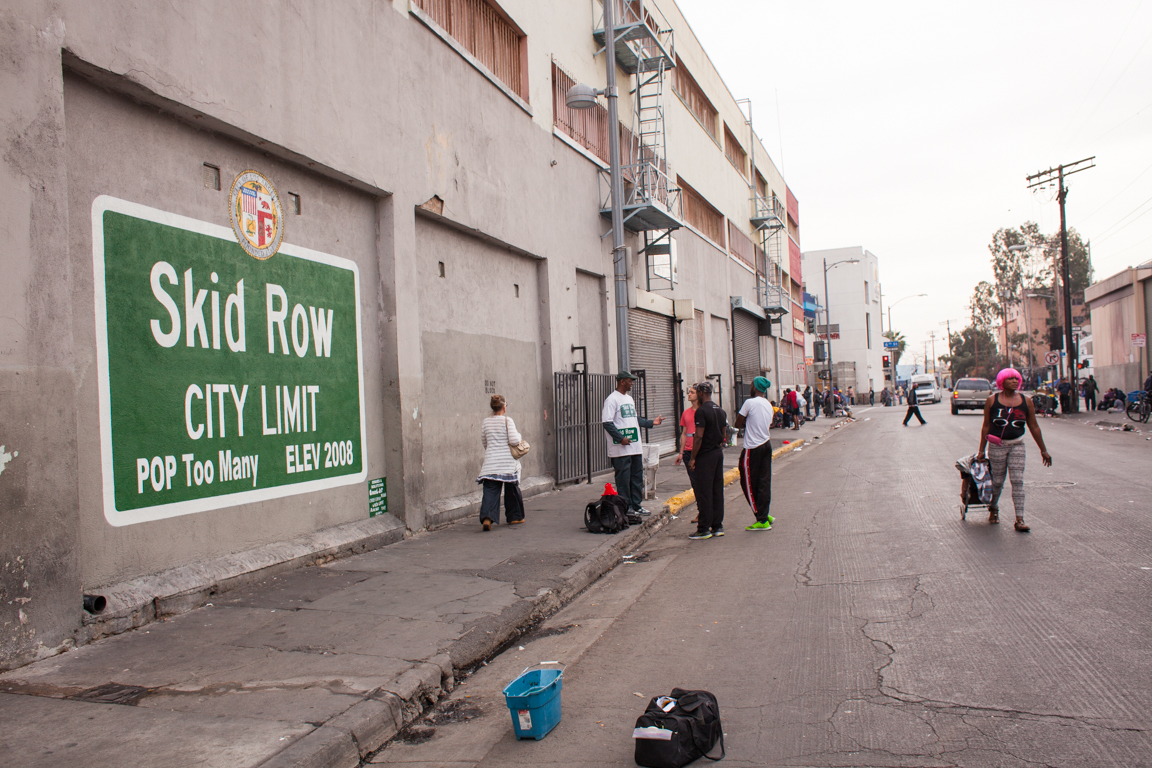Second of two parts
Re “Open Letter to the New City Council and the New President of the Culver City Chamber, Part I”
One factor that California politicians tend to ignore is the law of diminishing returns. The voters in Connecticut voted for a “millionaires tax, ” they were shocked when the state took in less revenue thjan before.
[img]1394|left|||no_popup[/img]
Mr. Ross Hawkins
When I graduated from high school in Santa Monica in 1958, I had the option of applying for work at Douglas Aircraft in Santa Monica, Edgemar Dairy in Santa Monica and Venice, Helms Bakery in Culver City, Lockheed Aircraft in Culver City, motion picture studios Twentieth Century Fox in West Los Angeles, and MGM, DesiLu and Hal Roach in Culver City (as an office or construction worker).
Today, after graduating from high school, you can get a job as a shoe clerk at Fox Hills Mall or become a hamburger flipper on Main Street in Culver City.
Compare the job market on the Westside in 1958 with today.
I cannot shed a tear for the demise of the Redevelopment Agency. I have been a foe of eminent domain since 1954 when Howard Hughes and Reed McClure conspired to re-route the San Diego Freeway from Lincoln Boulevard to travel through West Los Angeles and Culver City, taking 10,000 homes and businesses away from people.
Look What They Wreaked
My grandparents, in their 70s, had three-quarters of an acre on Cotner Avenue in West Los Angeles. When Cotner San Diego Freeway, they were paid a paltry $15,400 for the home they had lived in since 1919. The same size lot on Beloit Avenue sold for over $3 million in the 1990s.
In 1959, the Redevelopment Agency in Santa Monica seized beachfront property where people lived in little cottages and picturesque gingerbread houses. Under the leadership of Asphalt Ashley Shaw, the sprawling area was paved over and huge beachfront parking lots were created. The people whose homes were taken never received proper compensation.
The first accomplishment of the Culver City Redevelopment Agency was to take a riding stable and golf course and turn them into the Fox Hills Mall and the Freeway To Nowhere.
Syd Kronenthal, the former Parks and Recreation Director in Culver City, told me that his bosses threatened to fire him if he didn't stop publicly opposing the development.
The new President of the Culver City Chamber of Commerce has stated that he wants to attract tourists to Culver City.
I suggest that he travel outside of California, to Texas, Oklahoma and Pennsylvania.
Pay Attention
Listen to people who travel to the West Coast about what they like to see when they get here. None will tell him that they want to visit a 7-Eleven or a Starbucks. They want to see movie and television studios, and the and the Pacific Ocean.
My business associate Tyler St. Mark, who will be producing and starring in a one-man show, “Backstage With Stan Laurel,” told me he believes civic leaders in Culver City are deliberately ignoring our rich motion picture and television history. He was recently taking snapshots around the area where the Hal Roach Studio once stood. A man approached him with his two children from a nearby school and asked why he was taking photos. The man and his two sons listened to Tyler for nearly a half hour about the vanished studio where Laurel and Hardy and the Little Rascals made classic films still enjoyed today. The man told Tyler that he had lived in Culver City for more than 10 years andhe didn't know that the Hal Roach Studio had been here. Tyler thinks that the next time one of the office parks in Fox Hills or along Jefferson Boulevard goes vacant, they should consider reconstructing some of the classic movie sets that once surrounded Culver City. That might bring tourists to Culver City Sony Pictures wouldn't have to go to Burbank to film their backlot material.
Yes, but…
Three big hotels are perched near the San Diego Freeway. Convenient for travelers to LAX, but none is a tourist attraction. Because of their location, they never will be. The Culver Hotel with its colorful and bawdy history is one of the main tourist attractions in the City.
Sony Pictures Entertainment has taken what was left of MGM and made marvelous improvements there.
I understand that the Culver Studio is for sale again. I hope that Sony buys the studio and preserves what is left.
Among them: David Selznick’s offices, the front office building that was Selznick's signature logo, the stage where Cecil B. DeMille filmed key scenes from “King of Kings,” Clark Gable's and Vivian Leigh's dressing rooms from “Gone with the Wind” and Alfred Hitchcock's office would be great tourist attractions.
The motion picture and television industries are going through historic changes. Now that movies can be ordered over the air, DVD players will become obsolete. Many movie theatres will disappear.
I believe the multiplexes will suffer the most from these changes. The theatres that will remain will be the large theatres like the Egyptian, the Cinerama Dome and Grauman's Chinese.
As the Heart of Screenland, Culver City could benefit from having a large theatre where films like “Lawrence of Arabia,” “War Horse” and other large scale spectacular films could be shown. Live theatre and concerts could augment the screenings of films. The theatre could support a motion picture museum at that location. As I was finishing this story, the LA Weekly’s cover story was “The Death of Film,” by Gendy Alimurung.
It makes the same claims I have, but in more detail. It needs to be read by those who want to continue to call Culver City “The Heart of Screenland.”
Mr. Hawkins is an independent filmmaker, producer-director of several documentaries, writer and event producer. Born and raised in Santa Monica, he served as a physiological training technician in the U.S. Air Force in Texas, Southern California and West Germany. He was the Executive Director of the Western Hemisphere Marathon on its 50th anniversary and produced The Backlot film Festival for five years, highlighting the careers of Daniel Selznick, Budd Schulberg, Carl Reiner, Mickey Rooney and Jane Withers. Presently, he is assisting in the pre-production of “Stan Laurel Backstage,” produced by and starring Tyler St. Mark. Mr. Hawkins is a consultant to “Bring Hollywood Home” an organization to returning motion picture and television production back to Southern California. He is editing a documentary that he produced and directed, “Celluloid Cowboys,” which traces the history of Western movies from “The Great Train Robbery” to the present.
Mr. Hawkins may be contacted at rjhculvercity@aol.com







